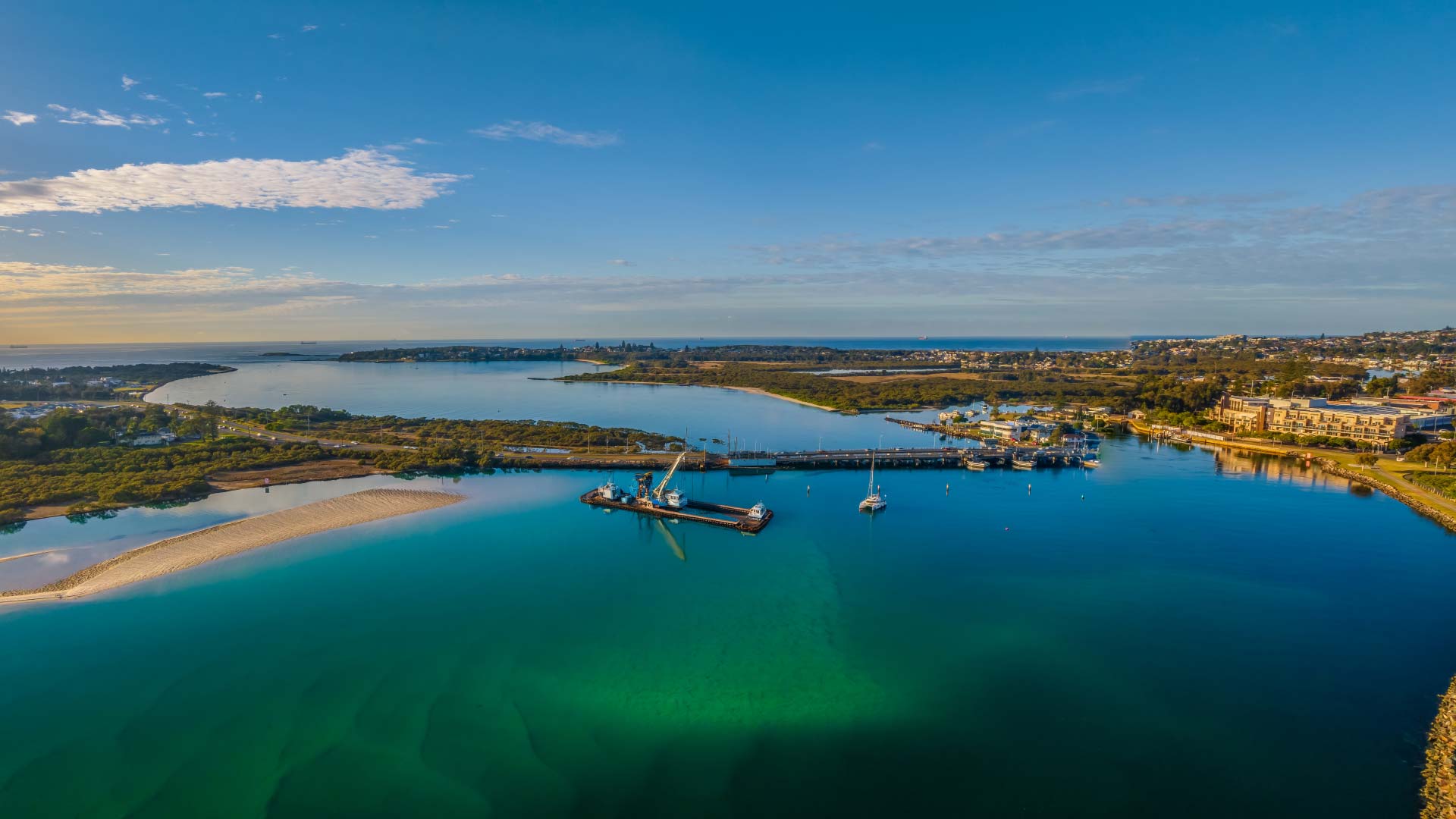$10 Million Investment in Dredging Infrastructure
The NSW Government has unveiled plans to operate new permanent sand bypass equipment at Swansea Channel, ensuring safety and accessibility for waterway users. This move not only benefits local communities but also supports tourism and recreational activities in the Lake Macquarie region.
The Commonwealth Government has allocated a $10 million grant to the Lake Macquarie City Council for constructing state-of-the-art dredging infrastructure. This initiative will include:
- A new dredge to remove sediment effectively.
- Permanent pipelines to facilitate sand transfer.
- Advanced sand transfer systems for efficient channel maintenance.
The construction, expected to span two years, aims to enhance navigation while preserving the natural environment.
NSW Government Commits $6 Million for Operations
Once the dredging infrastructure is completed, the NSW Government will provide an additional $6 million to NSW Maritime for operating and maintaining the equipment. This operation will focus on transferring sand from the channel to nearby beaches, ensuring both waterway access and coastal nourishment.
Milestones in the Swansea Channel Dredging Project
Two-Stage Dredging Success
The NSW Government recently completed a successful two-phase dredging operation to restore vessel access to Lake Macquarie.
- Stage One Achievements:
- Removed 16,690 cubic meters of sand from three critical areas.
- Created a 30-meter-wide channel, extending from the Dog Leg southeast of Elizabeth Island to the Drop Over northwest of Swan Bay Entrance.
- Stage Two Achievements:
- Cleared an additional 13,000 cubic meters of sediment from key locations.
These efforts have significantly improved access for vessels, supporting both the local boating community and tourism.
Proactive Dredging Program Underway
This project aligns with the Boating Infrastructure and Dredging Scheme (BIDS), which introduces a statewide program for proactive dredging. Priority locations across NSW will benefit from improved waterway access and safety.
Environmental and Tourism Benefits
Protecting Natural Ecosystems
The dredging initiative is designed with careful consideration for the surrounding natural environment. By safeguarding the health of Australia’s largest saltwater lake, the Government ensures that future generations can enjoy its beauty.
Supporting Local Tourism
Lake Macquarie is a key tourist destination in New South Wales. Improved waterway access will bolster:
- Recreational boating and fishing activities.
- Tourism-related businesses and local economies.
Statements from Key Officials
Minister for Transport, Jo Haylen
“This initiative will significantly enhance navigation safety for Swansea Channel users. Reliable access is crucial for local businesses and tourists, ensuring Lake Macquarie remains a premier destination for water-based activities. We are committed to protecting the natural beauty of this iconic waterway for generations to come.”
Minister for the Hunter and Member for Swansea, Yasmin Catley
“We promised to fix the Swansea Channel, and that’s exactly what we’re doing. This project guarantees year-round safe and accessible waterways for local and visiting boaters. By improving access to Lake Macquarie, we’re ensuring everyone can fully enjoy the recreational opportunities our region offers.”
Key Takeaways
- Enhanced Navigation: Improved waterway access benefits both locals and tourists.
- Sustainable Practices: The project is designed to protect Lake Macquarie’s ecosystems.
- Tourism Growth: Enhanced waterways will support businesses and recreational activities.
Why the Swansea Channel Dredging Project Matters
The Swansea Channel dredging project demonstrates the NSW Government’s commitment to balancing infrastructure development with environmental conservation. By prioritizing sustainable dredging and proactive maintenance, this initiative secures the future of one of New South Wales’ most treasured waterways.
